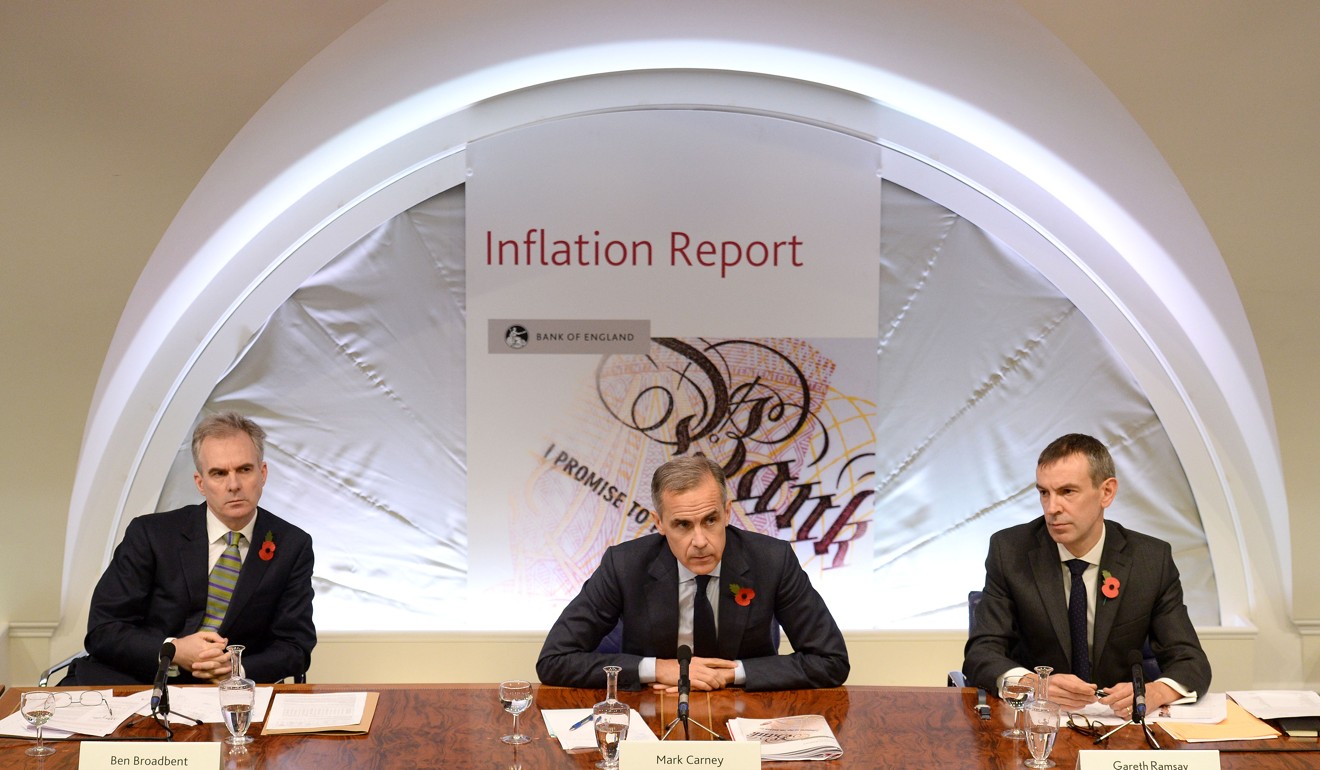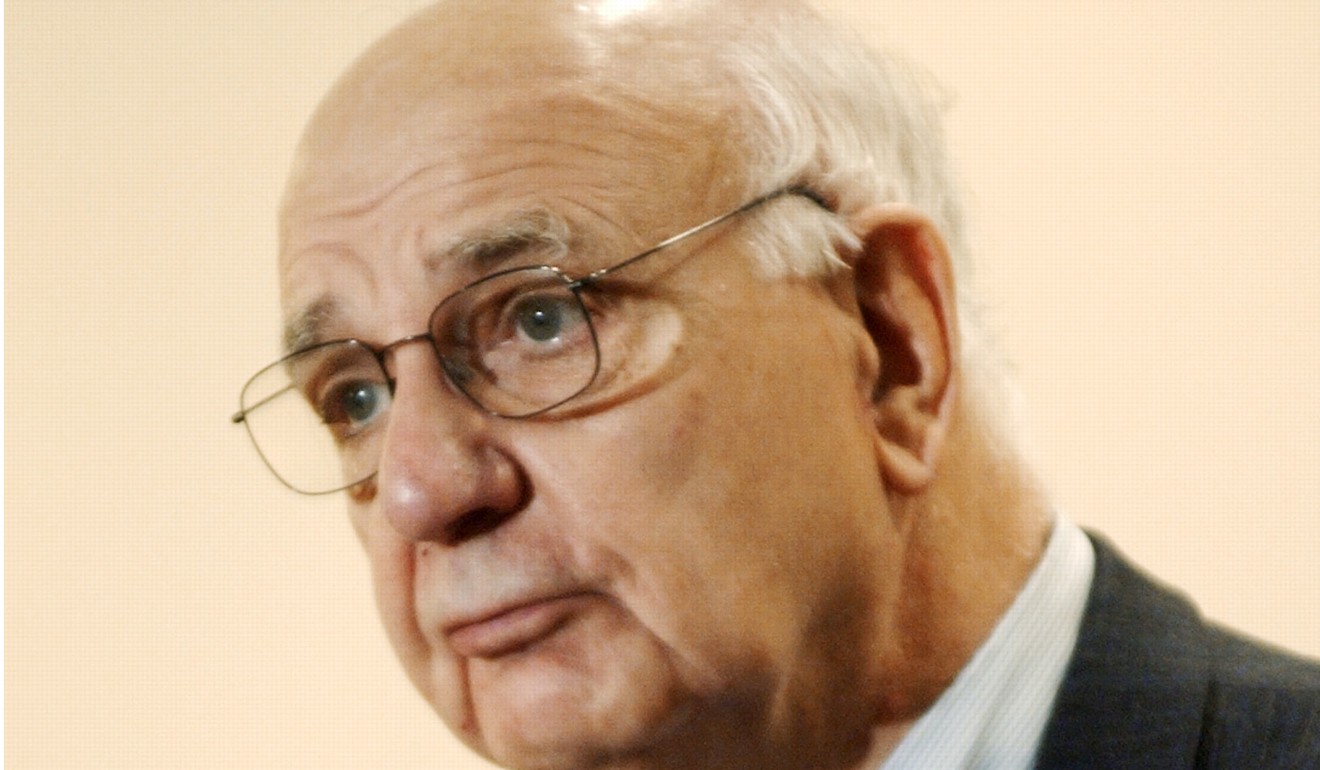
Inflation is back but not interest rates
We could be on the cusp of a new era where inflation rises almost unfettered – and there’s little we can do to apply the brakes
How short memories are – even the central banks have forgotten the 1980s when inflation was Public Enemy No 1. Since then inflation has had more comebacks than Frank Sinatra – but is still mysteriously subdued. Is this the year when it rears its ugly head?
Post-war politicians and economists were consumed by worry that inflation would destroy their paper money. The greenback was backed by gold and the German Bundesbank ruled its money with an iron hand as its leaders remembered the wealth of two generations before them had been destroyed by hyperinflation. The sheer horror of the memory of their family’s hard-earned cash melting away in the heat of rampant inflation, as confidence in paper money was lost, kept monetary authorities responsible for two or more generations.
The new generation is unable to comprehend the dangers. Certainly, the ravages of inflation have been recently seen in countries like Venezuela or Zimbabwe, but those nations, rich in mineral wealth, were bankrupted by their incompetent politicians who printed money. Surely you can’t compare us to them?

In the 1980s, policymakers realised that they could defeat inflation by keeping money expensive through high interest rates – as high as it took. My mortgage rate rose to almost 20 per cent per year, fine if I kept my job but if I had fallen off the roller coaster, I was in trouble.
Since then, thanks to the occasional recession, stubbornly high unemployment, stubbornly low pay rises, and milky economic growth, inflation has steadily fallen. Rising productivity (also poorly measured) from workers being replaced by machines, and the emergence of China as the world’s low cost manufacturing centre also helped. Policymakers figured that in order to move away from boom and bust cycles that had plagued economies roughly every seven years, they would lower interest rates every time there was a bust. The problem is that they have not had the guts to raise them again – so we remain in a world of easy money and ripe conditions for sudden inflation.

The magical element of why inflation has remained low for so long is probably rooted in it being a behavioural concept. Prices go up because people think prices are going to go up. There is no increase in productivity for that extra value. Inflation rises faster if the masses have easy access to easy (meaning cheap and plentiful) money. Inflation is a valueless increase in prices.
Yet central bankers know that one attribute of inflation is that it can also reduce the value of debt – especially when there is too much debt in the system. So in the last few years, they have clamoured for a little inflation; not too much, maybe 2 per cent. Just enough to erode some debt and to prove that economic growth was just around the corner.
It was always a fallacious argument, for inflation is a resultant of economic growth not a cause. It is when inflation becomes a cause that it becomes very dangerous because Joe Public will then factor it into his daily life. This is why official inflation figures are suspiciously low. In Hong Kong, we are soothed by the amazingly low sub-2 per cent per annum official figure, even though most of us would guess it was nearer double digits.

We can see that inflation is rising just by looking at the indicators in the back of The Economist. The US at the end of 2016 had zero inflation, yet by the end of 2017 it was 2.1 per cent per annum. The Eurozone was 0.3 per cent rising to 1.1 per cent. Even inflation-free Japan saw a rise from minus 0.2 to 0.5 per cent per annum. This comeback, the rise in inflation looks permanent.
But just like it is hard to be a little bit pregnant, it is hard for inflation to just rise 1 or 2 per cent. The behavioural aspects associated with inflation means that workers will clamour for more, which means higher prices, and the vicious cycle turns aggressively.
How will policymakers handle it when strikes and pay rises are the meat of the nightly news? They are now realistically unable to drive up interest rates to curb inflation – for governments from the US to Europe to China to Japan are the biggest debtors themselves. Central bankers will not bankrupt their governments. So we may find ourselves in a world where inflation rises almost unfettered. Such is the danger of paper money. And bitcoin won’t come to the rescue – that has nobody backing it!
Richard Harris is a veteran investment manager, banker, writer and broadcaster and financial expert witness

